There is an interesting paper that shows the effect of a reverse-pull headgear on a 20-year old female. In these kind of experiments, the method used to to protracting the maxilla is very important and can be the difference between a successful case and a failure.
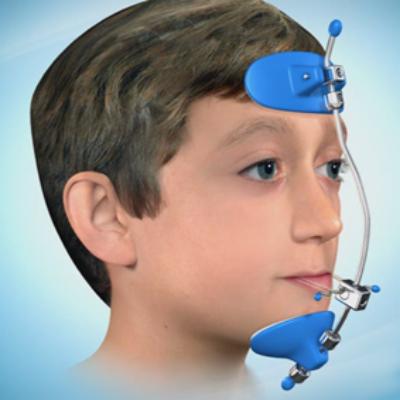
Usually, facemasks are only used on growing children and attempt to change the direction of growth. As adults, we do not have growth on our side so we have to stimulate bone movement with high forces and long wear times.
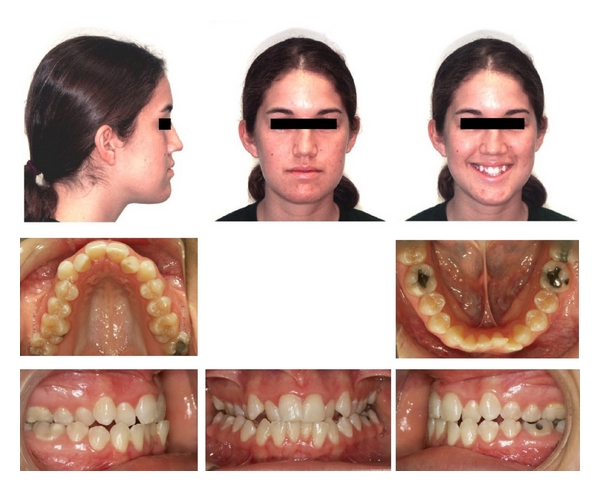
This 20-year old woman wore a reverse-pull facemask attached to her braces for 20 hours a day during 4-months. One of her main concerns were her underdeveloped cheekbones, that she wished to improve with a more forward maxilla.
“Her upper lip was slightly retruded. She presented with maxillary hypoplasia and flat malar (cheekbones) eminences.”
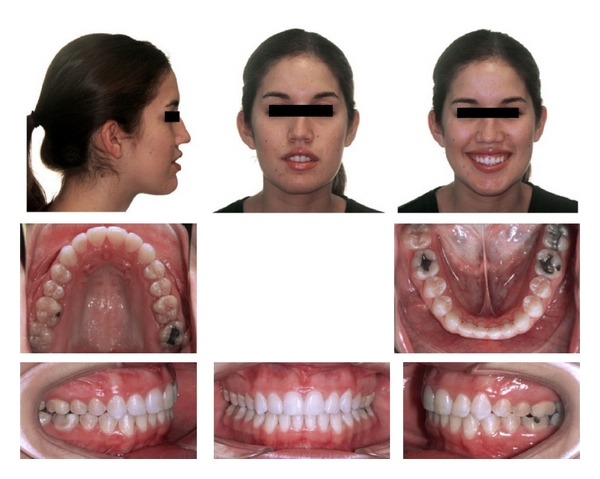
We can see a clear improvement in facial aesthetics at the end of her treatment. It is even mentioned in the study:
“Overall treatment and malar development were highly successful.”
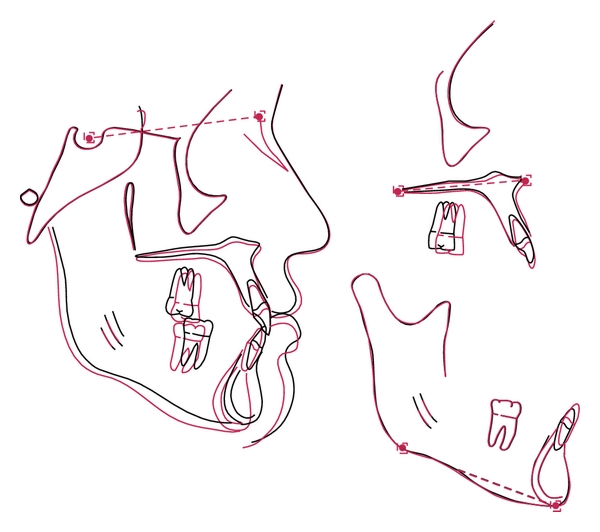
X-Ray superimposition shows bone growth at the maxilla, even if the protraction was anchored to her teeth through braces.
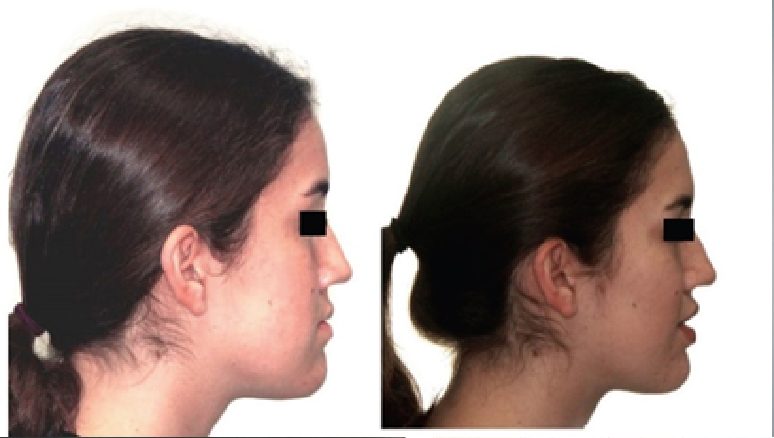
Finally, we can see the aesthetic improvement of having a more forward maxilla, which is expressed at the cheeks below the eyes. Keep in mind that this treatment is very different from what I am trying to achieve. They pulled the maxilla forward only, through teeth anchorage. I am applying a forward AND upward force, anchored directly to the bone.

You are doing everyone a great service by linking these type of studies.
Have you seen any progress from your facepulling?